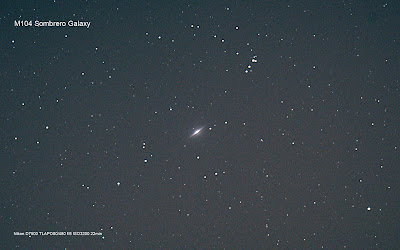Today I (together with my Family) visited the Virgo center (European Gravitational Observatory) at Cascina near Pisa in Italy. The road for the last 2km were terible and my car was almost damaged!
The tour started with only 5 of us and later on 2 more Polish people joined. The presentation at the seminar room was clear and to the point. Next we visited the main building office and getting more in depth technical information about the mirrors (these look like glass but do reflect the infrared laser light), the vacuumsystem, the michelson interfermeter, the pendulum system (7 pieces),…
Thereafter we could get into the tube system (which is 3km in total and another 3km for the other one which is 90' oriented). In side the main building we could see the laser, the laserrecuperation system, the beamsplitter, the mirror to resend the laserbeam up to 100times back and forth before getting back into the splitter and to the detector.
The Virgo detector is currently upgraded and to be commissioned and should be ready next spring. Currently Virgo detected more the 80 gravitational waves and typical one per week. With the upgrade expectations are to record gravitational waves on a daily base.
Thx to the Virgo team to share the information and showing us the location in detail.



























































